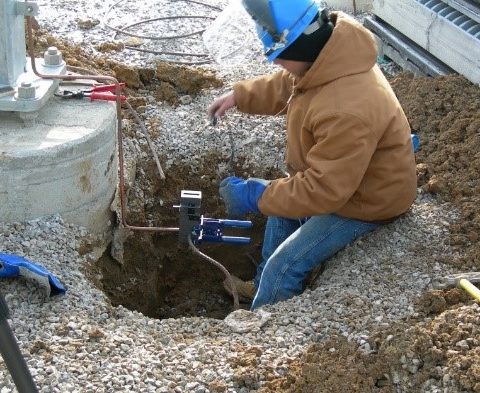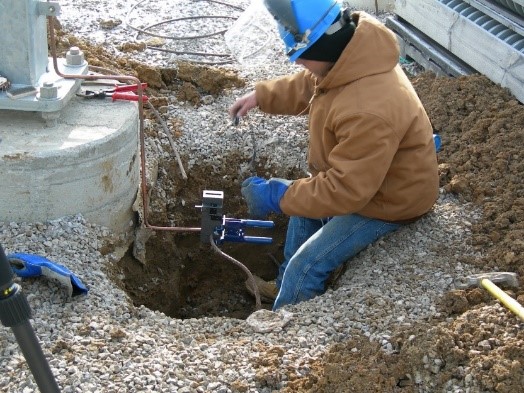Even as smart grids pop up in cities across America, proper grounding, bonding and surge protection for digital infrastructure are often overlooked by engineers and installers overwhelmed by a dizzying array of new microprocessor-based equipment. Today’s data-centric instruments and devices are generally more susceptible to destructive surge events and power quality issues than traditional grid elements, and that’s why it’s crucial to consider complete electrical protection at the beginning of any project to avoid problems and disruptions.
In this post, we explain the importance of a comprehensive approach to electrical protection as power grids and intelligent infrastructure converge.
A version of this blog was published online as an article for T&D World. The full article is available here.
New Electrical Protection Demands
Most experts agree two-way data dialogue promises to make primary power networks and adjoining microgrids more efficient, reliable and secure. However, if protections are not in place from current surges and transient voltages—including any device that manages data traffic or supports network connectivity—then the entire system is at risk.
For instance, at typical voltage distribution levels, spark gap-style and medium- and high-voltage metal oxide arresters can mitigate lightning damage to switches, transformers, substations, etc. However, voltage let-through levels can still exceed what most sensitive electronic equipment can safely tolerate. Often, engineering groups employ surge protection principles under the guidance of traditional control panel design when in fact, new digital technologies demand new techniques.
A Systems Approach
What is mostly understood but can go unheeded is that grounding, bonding and surge protection cannot be separated from each other. Meaning, when designing for the smart grid, it’s critical to take a systematic approach to negating the threat of surges and transient events. Neglecting this truth invites the risk of wide-ranging damage to primary and adjacent infrastructure and portends costly downtime wherever systems are not sufficiently protected.
Given that smart grids can encompass solar PV, wind energy, EV, energy storage and a variety of other systems, the deployment of compatible electrical protection solutions is becoming ever more complex. It’s critical to consult a qualified grounding, bonding and surge protection specialist who has experience with a variety of operation and energy measures. There are endless combinations of applications, environments and geographies to consider when taking a complete approach to electrical protection. Simply put, it’s not a challenge just anyone can embrace without a multilayered understanding of the complexities involved.
Importantly, complete protection considers Power, System I/O and Network/Data Communications and demands dialogue across Power, I&C and SCADA teams and departments so that problems do not stay isolated. Furthermore, by consulting with experts with diverse experience, utilities can find the help they need to assess risks, audit sites, develop methods, determine project specifications and better protect against damages.
The cost to implement complete electrical protection is not as prohibitive as some think and is a wise investment weighed against the consequences of a typical surge or transient event. Consider that a single lightning strike or voltage rise can incur tens of thousands of dollars in damages in an instant, including repairs, equipment replacement and the associated expense of correcting a network outage.
Engaging industry peers and outside consultants is a first step to keeping smart grids safe and secure. Conversation across disciplines will drive clear strategies for grounding and bonding digital infrastructure while ensuring ample levels of surge protection. Presently, such approaches do not exist or are largely undefined in many cases, making cooperation between engineers, electricians and installers essential.
A digital world demands electrical protection from the ground up―learn more.
Electrical Engineers: Your Source for Electrical News and Advice
Stay on top of new trends, advice and information by subscribing to the nVent ERICO blog. Our electrical engineering and product experts regularly publish new information, and curate top resources with posts like this one.



